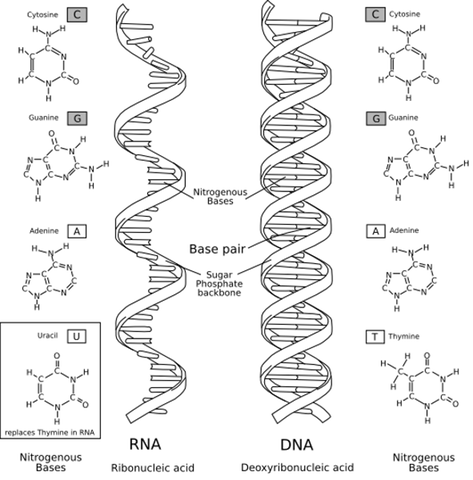Transcribing DNA into RNA
This problem asks:
Given: A DNA string t having length at most 1000 nt.
Return: The transcribed RNA string of t
Restate the problem
When it comes to their text representations, the only difference between DNA and RNA is that the “T” characters in DNA become “U” characters in RNA.
Here is an interesting article about the differences between DNA and RNA.
They’re going to send me a relatively small file, and all I have to do is replace each “T” with a “U”.
Solution steps
Python has a built-in function called replace() that does exactly what this problem calls for.
Alternatively, I could do this in any word processor by finding every instance of “T” and replacing with “U”.
Python concepts
Finding a built-in function that does exactly what the problem calls for can be a special thrill. Often, this process begins with a Google search. In this case:
Python string replace
When choosing between multiple websites that document Python features, I prefer w3schools and python.org because in my experience they are the easiest to use and most comprehensive.
Hundreds of other options exist.
Bioinformatics concepts

image from Project Rosalind
RNA is usually single-stranded, but there are many different kinds of RNA and not all of them are well understood. The first approved vaccines for COVID-19 were mRNA vaccines.